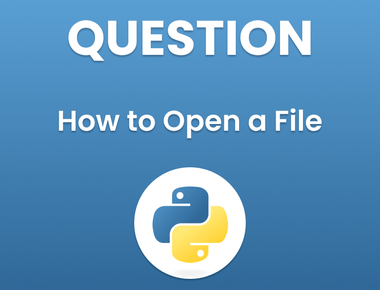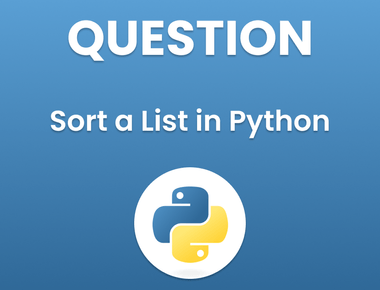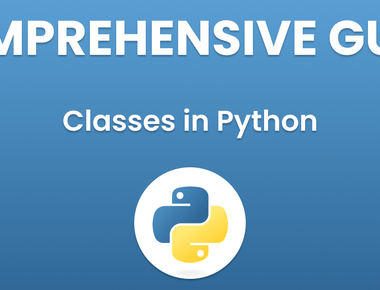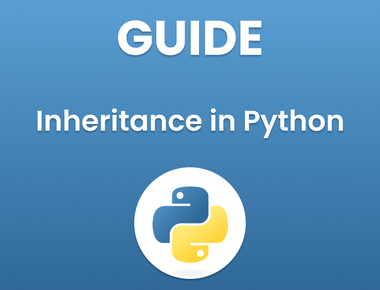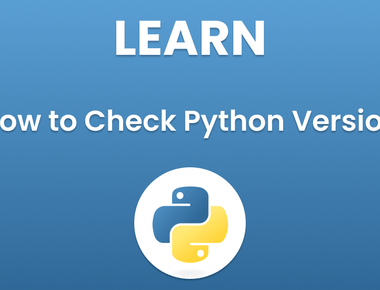Table Of Contents
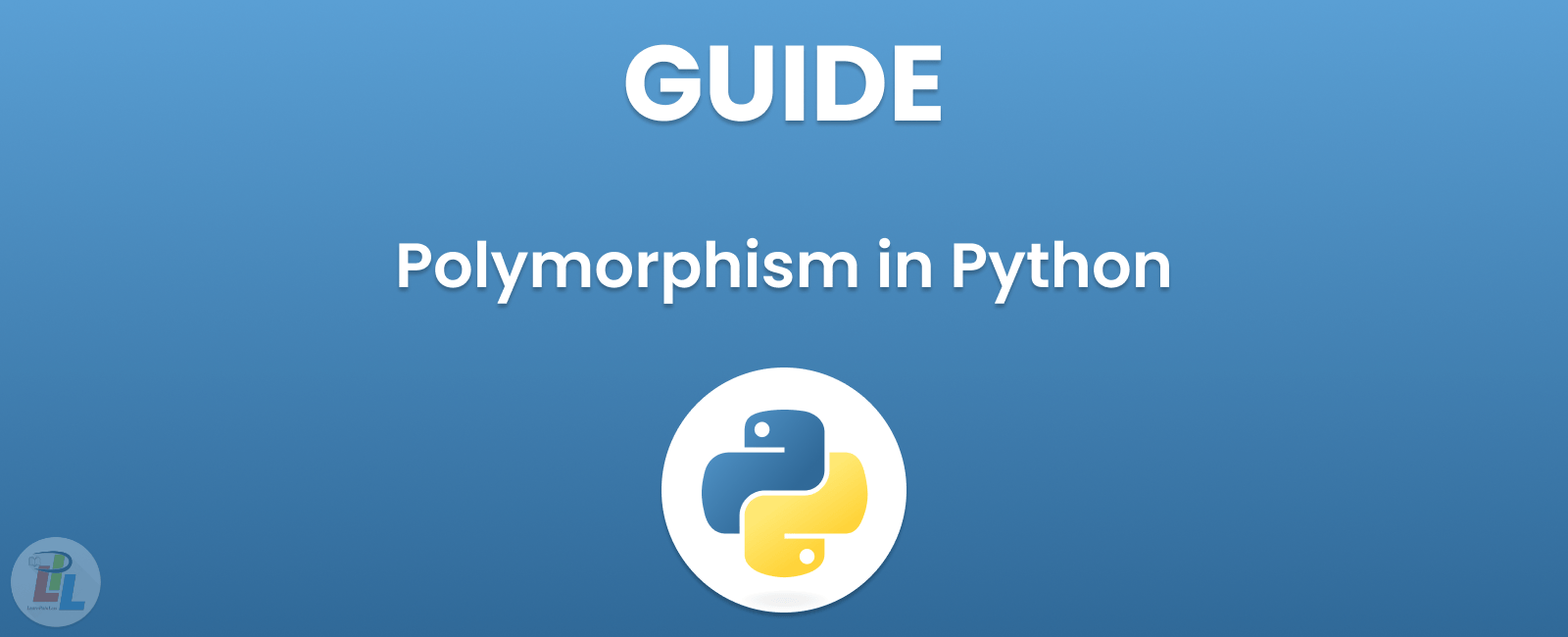
As a programming language that has gained immense popularity in recent years, Python offers a range of features that make it a favorite among developers. One of these features is polymorphism, which refers to the ability of objects to take on different forms while still maintaining the same interface. In this article, we will explore the concept of polymorphism in Python, how it works, and its applications.
Understanding Polymorphism in Python
In Python polymorphism is achieved through the use of abstract classes and interfaces. An abstract class is a class that cannot be instantiated but can be subclassed. Abstract classes are used to define a set of methods that must be implemented by all of its subclasses. Interfaces, on the other hand, are used to define a set of methods that must be implemented by any class that wants to use the interface.
Polymorphism in Python is useful because it allows different objects to be treated the same way, regardless of their specific type. This means that code can be written that operates on a general object type, without having to know the specific type of the object being operated on.
Examples of Polymorphism in Python
Python Polymorphism can be illustrated through a range of examples. One such example is the use of the ”+” operator, which can be used to add together two integers or concatenate two strings. Another example is the use of inheritance, where a subclass can override a method in its superclass to provide its own implementation.
Polymorphism can also be seen in the use of abstract classes and interfaces. For instance, consider the following code:
from abc import ABC, abstractmethodclass Shape(ABC):@abstractmethoddef area(self):passclass Rectangle(Shape):def __init__(self, length, breadth):self.length = lengthself.breadth = breadthdef area(self):return self.length * self.breadthclass Circle(Shape):def __init__(self, radius):self.radius = radiusdef area(self):return 3.14 * self.radius ** 2shapes = [Rectangle(3, 4), Circle(5)]for shape in shapes:print(shape.area())
In this code, we define an abstract class Shape that has an abstract method area. We then define two subclasses, Rectangle and Circle, both of which implement the area method. Finally, we create a list of Shape objects that contain one instance of Rectangle and one instance of Circle, and we call the area method on each of these objects.
Because both Rectangle and Circle implement the area method, we can treat them both as instances of the Shape class. This allows us to write code that operates on Shape objects in general, without having to know the specific type of each object.
Applications of Polymorphism in Python
Polymorphism Python is used extensively in object-oriented programming to achieve code reusability and maintainability. It allows for the creation of general-purpose code that can be used with different types of objects, reducing the amount of code that needs to be written and making code easier to maintain.
Polymorphism Python is also useful in the development of libraries and APIs. By defining interfaces and abstract classes, developers can provide a standardized way for users to interact with their code, making it easier to use and reducing the risk of errors.
Conclusion
Python Polymorphism is a powerful feature that allows for the creation of flexible, reusable, and maintainable code. By using abstract classes and interfaces, developers can create general-purpose code that can be used with a range of different objects, without having to know
Subscribe to our newsletter!
Quick Links
Legal Stuff
Social Media



